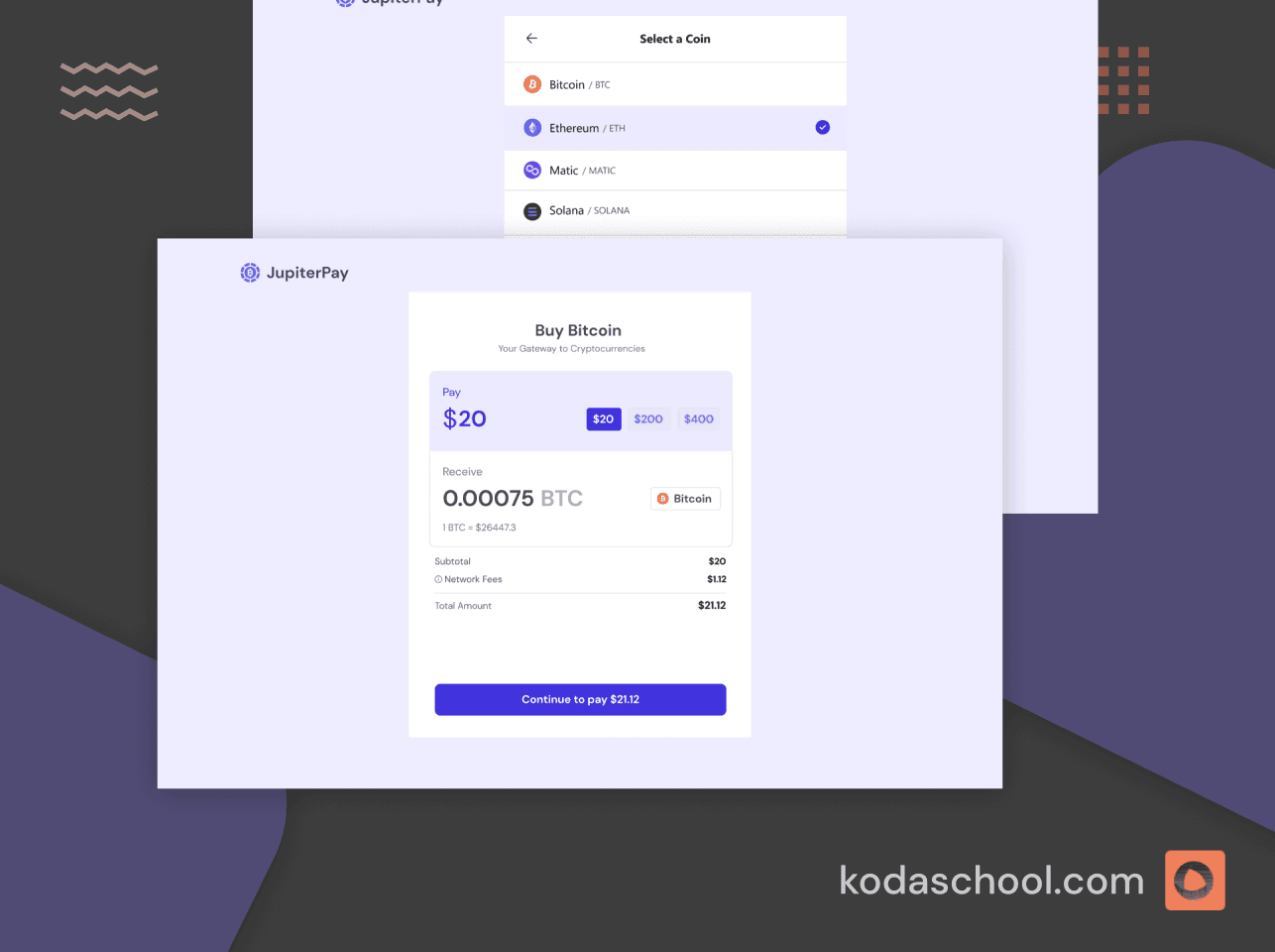Understanding the React Native Component Lifecycle
This article explores the phases of a React Native component's lifecycle and how to use lifecycle methods effectively for better performance and reliability.
React Native, like React, uses a component-based architecture. Understanding the lifecycle of these components is crucial for building efficient and bug-free applications. In this article, we'll explore the phases of a React Native component's lifecycle and how to use lifecycle methods effectively.
Component Lifecycle Phases
The lifecycle of a React Native component can be broken down into three main phases:
- Mounting
- Updating
- Unmounting
Mounting Phase
The mounting phase occurs when a component is being added to the screen.
- constructor()
constructor(props) {
super(props);
this.state = { count: 0 };
}The constructor is called before the component is mounted. Use it to initialize state and bind methods.
- render()
render() {
return (
<View>
<Text>Count: {this.state.count}</Text>
</View>
);
}The render method is required and should return the JSX to be rendered.
- componentDidMount()
componentDidMount() {
console.log('Component has mounted');
// Perform side effects here (e.g., API calls, subscriptions)
}This method is called immediately after the component is mounted to the screen. It's the perfect place for tasks like API calls or setting up subscriptions.
Try Kodaschool for free
Click below to sign up and get access to free web, android and iOs challenges.
Updating Phase
The updating phase occurs when a component's state or props change.
- static getDerivedStateFromProps(props, state)
static getDerivedStateFromProps(props, state) {
if (props.count !== state.count) {
return { count: props.count };
}
return null;
}This method is called before rendering when new props or state are being received. Use it to update the state based on changes in props.
- shouldComponentUpdate(nextProps, nextState)
shouldComponentUpdate(nextProps, nextState) {
return this.state.count !== nextState.count;
}Use this method to let React know if a component's output is not affected by the current change in state or props. Return false to tell React the update can be skipped.
- render()
The render method is called again to reflect the changes.
- componentDidUpdate(prevProps, prevState)
componentDidUpdate(prevProps, prevState) {
if (this.state.count !== prevState.count) {
console.log('Count has updated');
// Perform side effects here
}
}This method is called immediately after updating occurs. It's a good place to do network requests if you compare the current props to previous ones.
Unmounting Phase
The unmounting phase occurs when a component is being removed from the screen.
- componentWillUnmount()
componentWillUnmount() {
console.log('Component will unmount');
// Clean up subscriptions, timers, etc.
}Use this method to perform any necessary cleanup, such as invalidating timers or cancelling network requests.
Simple Counter Example
In this example, we've implemented a simple counter that demonstrates various lifecycle methods.
import React, { Component } from 'react';
import { View, Text, Button } from 'react-native';
class Counter extends Component {
constructor(props) {
super(props);
this.state = { count: 0 };
}
componentDidMount() {
console.log('Counter mounted');
}
shouldComponentUpdate(nextProps, nextState) {
return this.state.count !== nextState.count;
}
componentDidUpdate(prevProps, prevState) {
if (this.state.count !== prevState.count) {
console.log('Count updated to:', this.state.count);
}
}
componentWillUnmount() {
console.log('Counter will unmount');
}
incrementCount = () => {
this.setState(prevState => ({ count: prevState.count + 1 }));
}
render() {
return (
<View>
<Text>Count: {this.state.count}</Text>
<Button title="Increment" onPress={this.incrementCount} />
</View>
);
}
}
export default Counter;Understanding the React Native component lifecycle is crucial for building efficient and bug-free applications. By leveraging these lifecycle methods, you can control your component's behaviour at different stages, optimize performance, and manage resources effectively.
Remember that with the introduction of React Hooks, there are now alternative ways to handle lifecycle events in functional components. However, understanding the class component lifecycle remains valuable, especially when working with existing codebases or more complex scenarios.
As you develop your React Native applications, pay close attention to how you use these lifecycle methods to ensure your app performs optimally and provides a smooth user experience.











